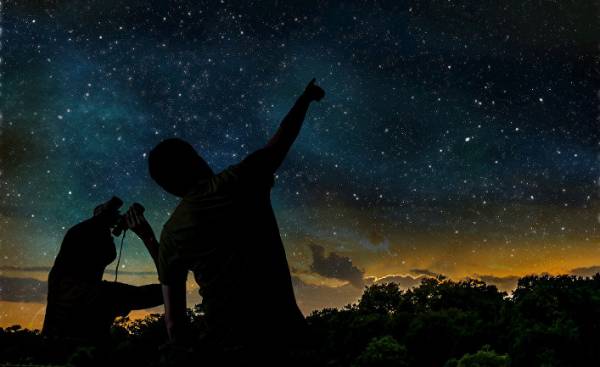
On 14 June, the carrier rocket “Soyuz-2” was launched from the Baikonur cosmodrome with more than seventy companions. Among them it is worth to highlight the “beacon” which has all chances to attract the attention of fans to watch the sky. And all because of that little “lighthouse”, designed to study other satellites, deploy solar reflectors that will make him one of the brightest stars in the sky, almost the same as the full Moon. According to the creators, it’s even possible to observe in the daytime, though the time of this writing, nobody has reported that observed a “lighthouse”.
Developed by students of the Moscow Polytechnic University, “the beacon” is the first Russian satellite, created thanks to public-public funding, or crowdfunding. The satellite will illuminate other satellites to determine their brightness and the way they look from Earth. When the end of life, “the lighthouse” will lay down their sails and will be used to test a new system of aerodynamic braking to change the orbit of satellites, not including the engine.
To this end, the satellite is able to deploy a large reflector in the form of a three-meter pyramid made of a reflecting metallic membrane with a thickness of 20 micrometers, about 20 times thinner than a human hair. It will be visible from Earth at night. According to the creators, after the disclosure of the reflectors “the lighthouse” will become the brightest star of comparable brightness with the full Moon. Making 16 orbits around the Earth during the day, “the lighthouse” will be visible in daylight and at dusk, according to the staff of Sky&Telescope.
The satellite has an app for tracking called CosmoMayak. He also can be monitored using the website Heavens-Above. If it really would be so bright, as you claim, then have the lights to surpass the first generation of Iridium satellites.
The authors of Sky&Telescope thinking about what “the lighthouse” is a good idea because it can attract people’s attention and awaken their interest in astronomy, but also compromise the integrity of the painting of the night sky.
“The sky is literally crammed with similar objects, is not very good. But one or two as an experiment, a large won’t harm you,” said the magazine Langbroek Marco (Marco Langbroek), a scientist who tracks the stars. It remains only to wait for the “lighthouse” launched their reflectors and winked at us from the heights of heaven.







